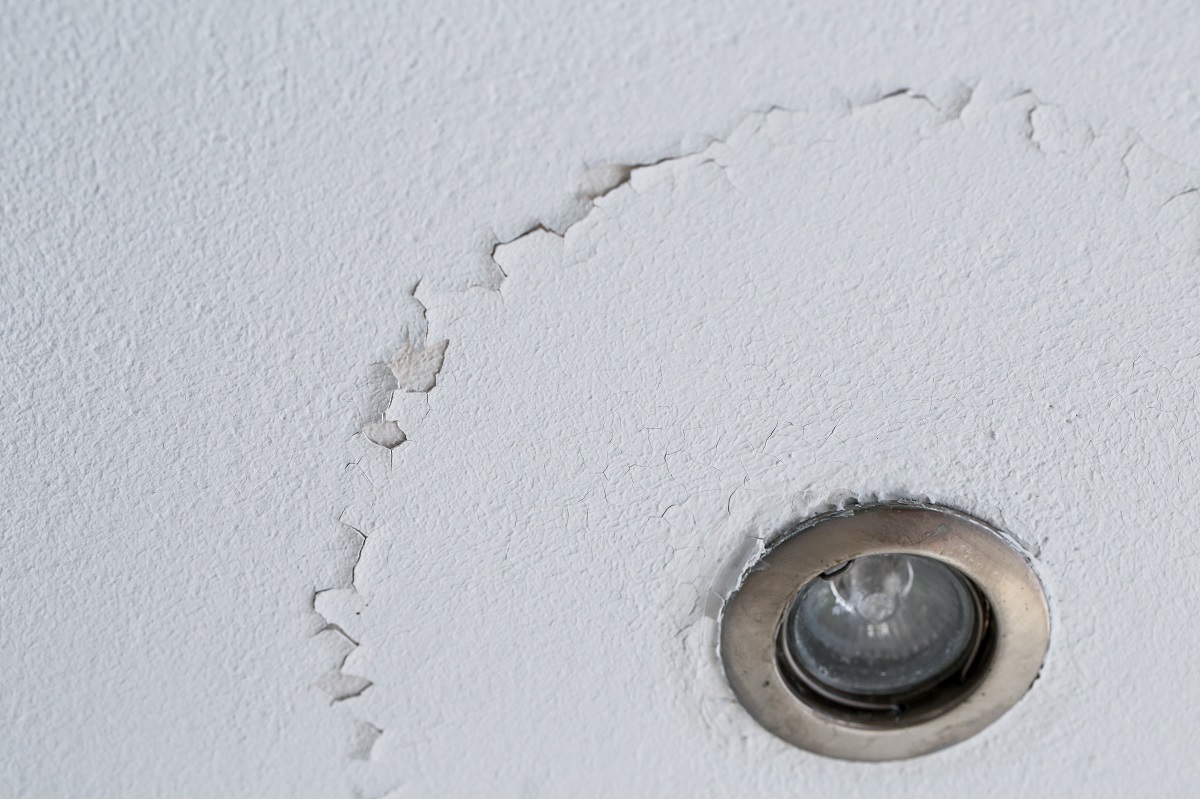When your dream home finally finishes building, you want nothing more than to move into it as soon as you can. But freshly built homes aren’t ready for occupancy the moment the construction workers leave. If you haven’t cleaned the place yet, it’s surely teeming with post-construction dirt that may pose health hazards.
In addition, the home may still lack necessary inspections and plans for natural disasters, like storms. So as exciting as it is to enjoy your new abode, it might be unfit for habitation yet. Protect yourself and your family through this health and safety checklist for moving into a newly built home:
1. Do a pre-occupancy orientation with your builder.
About a week before the scheduled closing, buyers usually conduct a pre-occupancy orientation with their builder. Do the same, and consider hiring a third-party inspector. The additional pair of eyes might be necessary, especially because a third-party inspector will be unbiased.
In the case of a newly built home, however, chances are it has already undergone a series of rigorous inspections during the building process. If you’ve got a reputable builder, you can rest assured that they have high standards and that they’ve met them all. Home inspectors are usually more crucial in older homes since those are plagued with maintenance issues.
During your pre-occupancy orientation, your builder will point out minor things that still require attention, like paint touch-ups or flipping hinges, for example. These issues should be recorded in writing because they’ll be included in your closing contract. You should also receive complete information about your new home’s water cutoffs, dryer vents, HVAC system, etc.
Take notes and ask questions during the orientation. This process will cover a lot of material, including the warranty information. It may last around two hours because you must ensure that your home is 100% completed.
2. Inspect For Mold
Surprisingly, mold is the most common health hazard in new homes. Thoroughly inspect your walls, even if it’s freshly painted. Be even more attentive if you have synthetic stucco walls because molds can penetrate that material.

Though molds aren’t always harmful to your health, they can trigger symptoms in people with sensitive respiratory systems and allergies. If you’ll be living with your kids, senior parents or relatives, and/or family members with chronic lung disease or a compromised immune system, get rid of the molds in your new home. Reduce the moisture in the air to prevent the development and regrowth of mold spores.
3. Check for Formaldehyde
New furniture, paint, and other stuff made with wood composites might be laced with formaldehyde. During your home inspection, ask your builder if they used building materials or paint with this chemical. Formaldehyde emits volatile organic compounds (VOCs) that can be dangerous to your health. It’s not easy to detect formaldehyde just by looking, hence it’s required to hire a professional for this purpose.
4. Control Radon
Radon is an indoor air pollutant that can be as harmful as secondhand smoke. Children are particularly vulnerable to its effects. There are radon testing kits on Amazon, but you may also hire a professional for the task since they can also develop a radon mitigation system for your home.
Speaking of indoor air pollutants, also inspect your new space for carbon monoxide, lead (though this is more common in older homes), and pests. Just because the home is uninhabited doesn’t mean the air inside is pure.
5. Develop a Stormwater Pollution Prevention Plan
A stormwater pollution prevention plan (SWPPP) inspection is essential. Your new home should already have an SWPPP before its completion. Without it, the U.S. Environmental Protection Agency (EPA) or your state’s environmental agency can impose fines on you.
Stormwater runoff should be controlled because human activity often worsens it. Plus, it can contain nitrogen and phosphorus pollutants from fertilizers, pet, and yard waste. Moreover, impervious surfaces like homes increase stormwater’s temperature, volume, and velocity. In turn, the altered stormwater runoff can cause severe stream bank erosion, flooding, and degradation of biological habitats.
An SWPPP can also control the sediment runoff in your home’s construction site. Invest in this procedure while in the middle of building your dream home, so that you can face fewer issues on your closing day.
Building your dream home and moving into it isn’t always glamorous. Most of the time, it causes stress, demands the majority of your time, and goes over the budget. Still, the journey is worth it, especially if your new home is proven safe for your health.